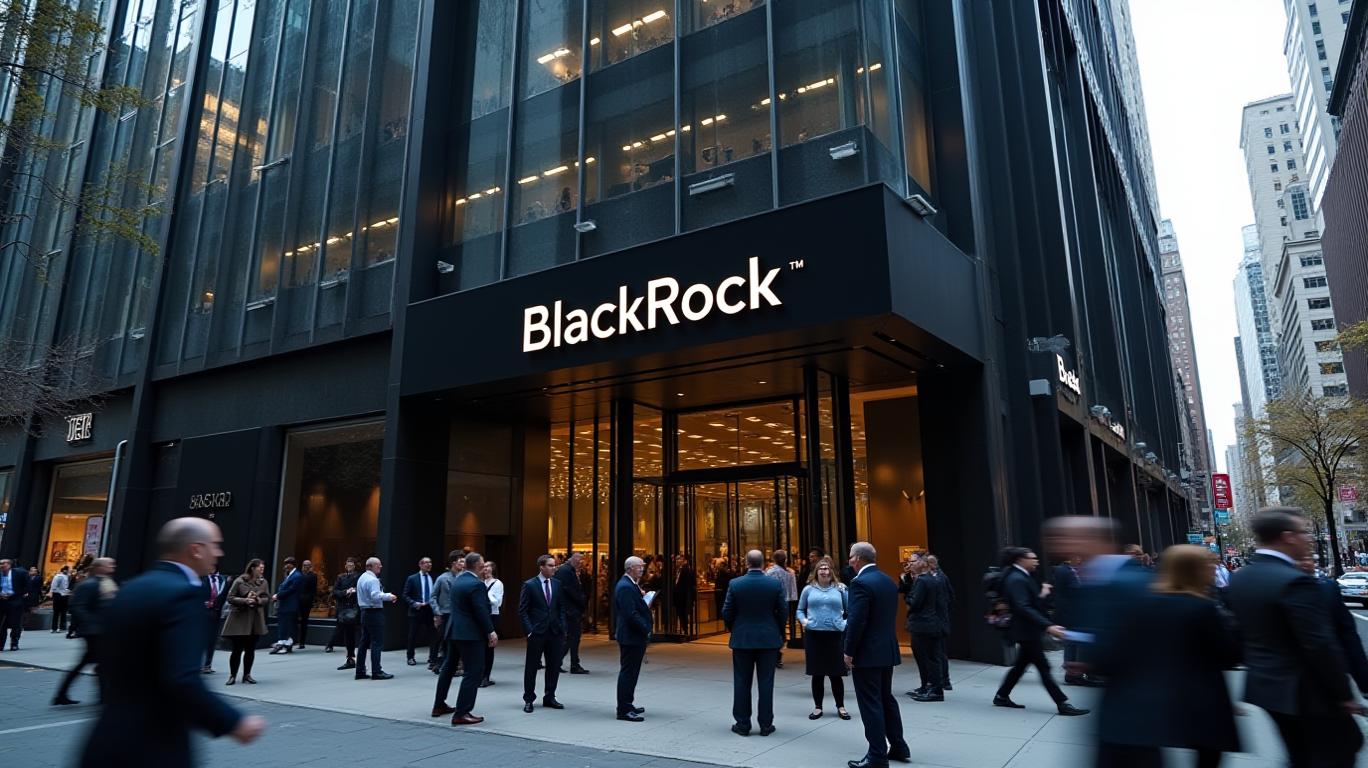Navigating BlackRock's 2025 Closed-End Fund Distributions: Stability Amid Strategic Adjustments
BlackRock’s recent announcement of its 2025 closed-end fund distribution schedules and amounts underscores a mix of consistency and strategic nuance. For investors in these vehicles, the details—ranging from unchanging municipal fund payouts to minor adjustments in equity and multi-asset trusts—highlight both stability and the complexities of managing distributions in a volatile market. Below is an analysis of the key takeaways and implications.

Breaking Down the Distributions by Fund Category
BlackRock’s 2025 distributions are divided into five primary categories: municipal, taxable municipal, taxable fixed income, equity, and multi-asset funds. The declaration and payable dates are staggered but broadly consistent, with most funds having an ex-dividend date of May 15, 2025, and payouts ranging from late May to early June.
Municipal and Taxable Municipal Funds
The municipal funds, including the BlackRock Municipal Income Quality Trust (BYM) and BlackRock Taxable Municipal Bond Trust (BBN), maintain unchanged distributions, reflecting steady demand for tax-advantaged income. For example, BYM will distribute $0.055500 monthly, while BBN—a rare taxable municipal offering—will pay $0.092900.
Taxable Fixed Income and Equity Funds
In contrast, taxable fixed income funds like the BlackRock Floating Rate Income Trust (BGT) and BlackRock Corporate High Yield Fund (HYT) also saw no changes, with BGT offering $0.120280 per share. Equity-focused vehicles, however, show subtle shifts. The BlackRock Health Sciences Term Trust (BMEZ) increased its distribution by $0.000100, while the BlackRock Science and Technology Term Trust (BSTZ) decreased its payout by $0.002610.
Multi-Asset Funds
The multi-asset category, including the BlackRock Capital Allocation Term Trust (BCAT) and BlackRock ESG Capital Allocation Term Trust (ECAT), saw minor decreases in distributions. BCAT trimmed its payout by $0.003430, and ECAT by $0.003820. These adjustments align with broader market conditions, as term trusts often recalibrate to preserve capital.
Managed Distribution Plans and Return of Capital
A critical detail for investors is the reliance on managed distribution plans for certain funds. These plans aim to provide steady income but may include return of capital, which reduces the fund’s net asset value (NAV). For instance:
- BMEZ’s April 2025 distribution was 98% return of capital.
- BCAT’s April payout was 89% return of capital.
While such plans ensure predictable income, they pose risks. Funds like BSTZ and BTX (which also reduced its distribution) have seen negative cumulative returns despite high distribution rates. For example, BSTZ has a 13.91% distribution rate relative to its NAV but a -14.50% cumulative return since March 2024.
Tax and Regulatory Considerations
BlackRock’s announcement includes important caveats:
- Section 19 notices have been issued for prior distributions, but these are informational—tax reporting will depend on final 2025 data.
- Distribution sources (e.g., income vs. return of capital) are preliminary and subject to change.
Performance Metrics: High Distributions, Mixed Returns
The data reveals a stark contrast between distribution rates and fund performance:
- BCAT and ECAT boast 22%+ distribution rates relative to NAV but have seen minimal or negative returns (0.00% and -2.06%, respectively).
- BMEZ, with a 13.66% distribution rate, has a -3.81% return since March 2024.
Investors must weigh these figures carefully. High distributions may signal aggressive payout strategies, which can erode NAV over time unless performance improves.
Conclusion: Balancing Income with Risk
BlackRock’s 2025 closed-end fund distributions reflect a strategy of prioritizing income stability while managing risks. For conservative investors seeking tax-advantaged income, municipal and taxable municipal funds remain solid choices. However, equity and multi-asset trusts warrant caution, as their reliance on return of capital and negative performance metrics highlight the trade-off between current income and long-term value.
Investors should scrutinize distribution sources (via year-end 1099-DIV forms) and consider NAV trends alongside payouts. Funds like BMEZ and BSTZ, despite high distributions, may require closer monitoring given their negative returns. BlackRock’s transparency in disclosing these details empowers investors to make informed decisions—whether to hold, reinvest, or exit positions in this complex landscape.
In sum, while BlackRock’s closed-end funds offer reliable income streams, the interplay between distributions and underlying performance demands vigilance. As markets evolve, the ability to distinguish between sustainable payouts and capital erosion will be key to long-term success.


_442a2dcc1749832873286.jpeg)
_e68fac6d1749831664430.jpeg)






